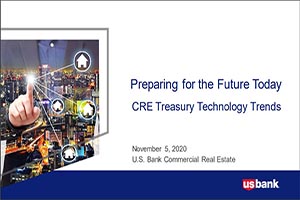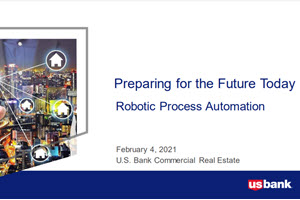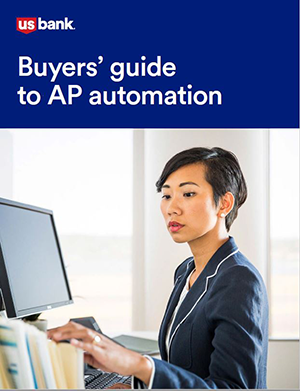For starters, the ideal solution for such an organization offers consumers a choice of how they will receive their payments. The solution will allow payees to select from convenient electronic payment methods including Automated Clearing House (ACH), Zelle®, RTP®, push to debit card and digital wallets, as well as traditional payment methods like checks and prepaid cards.
Simple enrollment and rapid payment
The process should be simple for payees. They should be able to just log into a secure payment portal with your company’s branding, choose a payment method, and quickly receive payment — in some cases, instantly. Organizations can strengthen brand loyalty by mirroring the convenience that consumers have come to expect from peer-to-peer payments.
Integration flexibility
Many leading banks are beginning to deliver both business-to-consumer (B2C) and B2B payment automation capabilities with a single integration to the bank, says Anuradha Somani, Head of Payments, Global Treasury Management at U.S. Bank. “Emerging payment automation solutions can offer integration through a single file that combines both B2C and B2B payments, or through a series of API calls,” she explains.
An ideal A/P solution will offer integration flexibility. A business payer should be able to provide its bank a consolidated B2B and B2C payment instruction file, send separate files if that’s easier, or execute the integration using a type of API known as an “ERP connector.”
An organization’s choice of either file-based or API integration will often depend upon its ERP system, according to Somani. “ERP connectors offer more of a plug-and-play integration, but a given A/P automation solution may not have a connector available for the ERP system the organization uses,” she says.
Learn more about how to transform your invoice-to-pay process with AP Optimizer.
Streamlined API account verification
Validating the accuracy of consumer information is paramount. A premium payment automation solution will offer the payer account verification using APIs.
APIs can expedite this process by acting as digital messengers. For example, they can relay that a consumer who selects the Zelle payment option and provides a phone number or email address is registered with the Zelle Network. Similarly, APIs can be used to verify that the banking information a business or a consumer provided to accept an ACH or RTP payment is accurate, and the designated account is active. This not only will reduce returns but acts as a significant way to mitigate the risk of business email compromise.
Secure storage of payee account information
In adopting an invoice-to-pay and refund solution that includes both B2B and B2C payment capabilities, an organization also needs to secure the consumer’s banking information to protect against data breaches and potential reputational risk. A good way to do that is to opt for a bank solution with an API that will securely store and tokenize that information to keep it hidden from fraudsters.
If your organization regularly makes payments to both businesses and consumers and you want to learn how A/P automation can simplify the process, contact a U.S. Bank Treasury Management consultant.
Zelle® and Zelle®-related marks and logos are property of Early Warning Services, LLC.
RTP® is a registered service mark of The Clearing House Payments Company L.L.C.
















































































